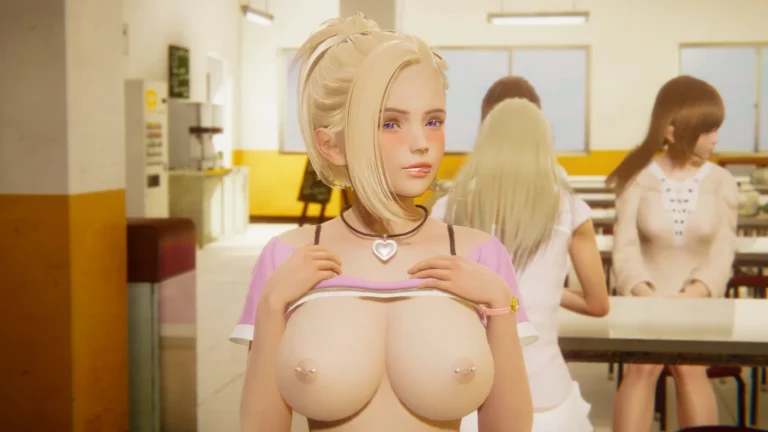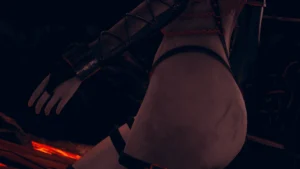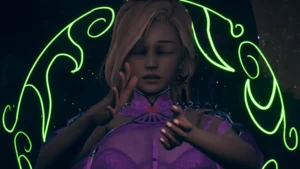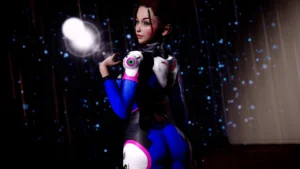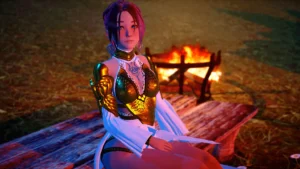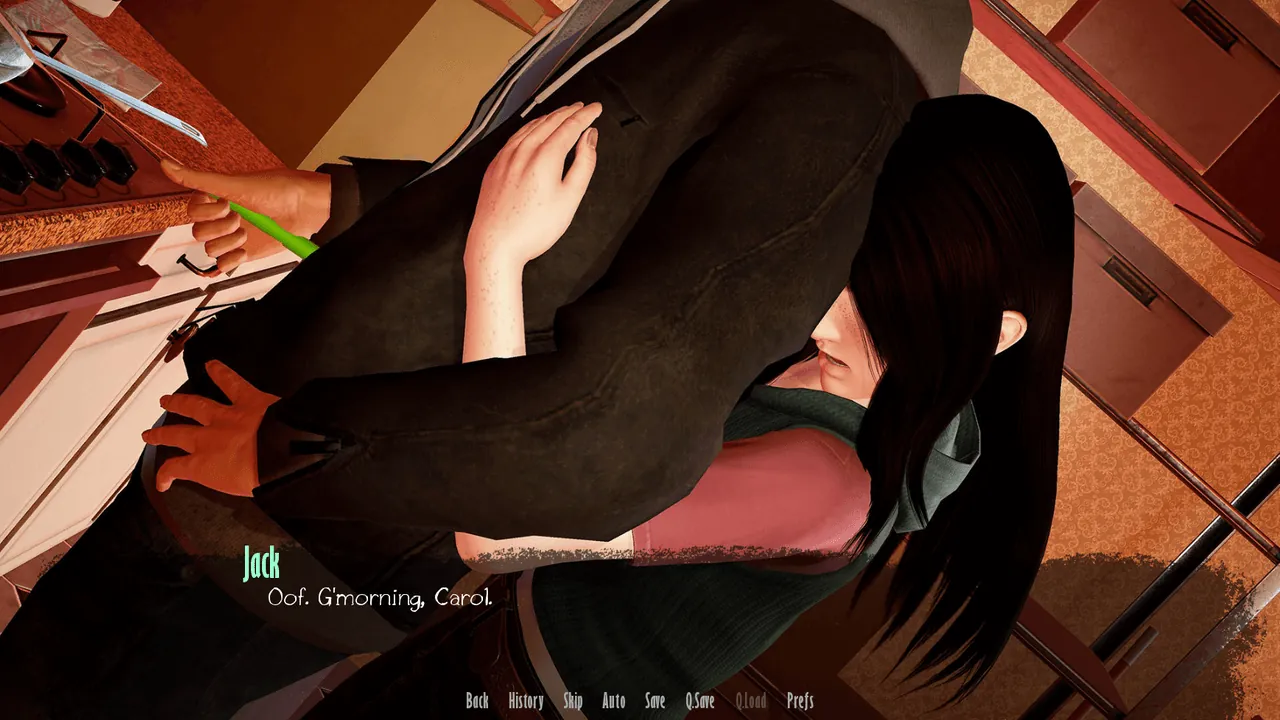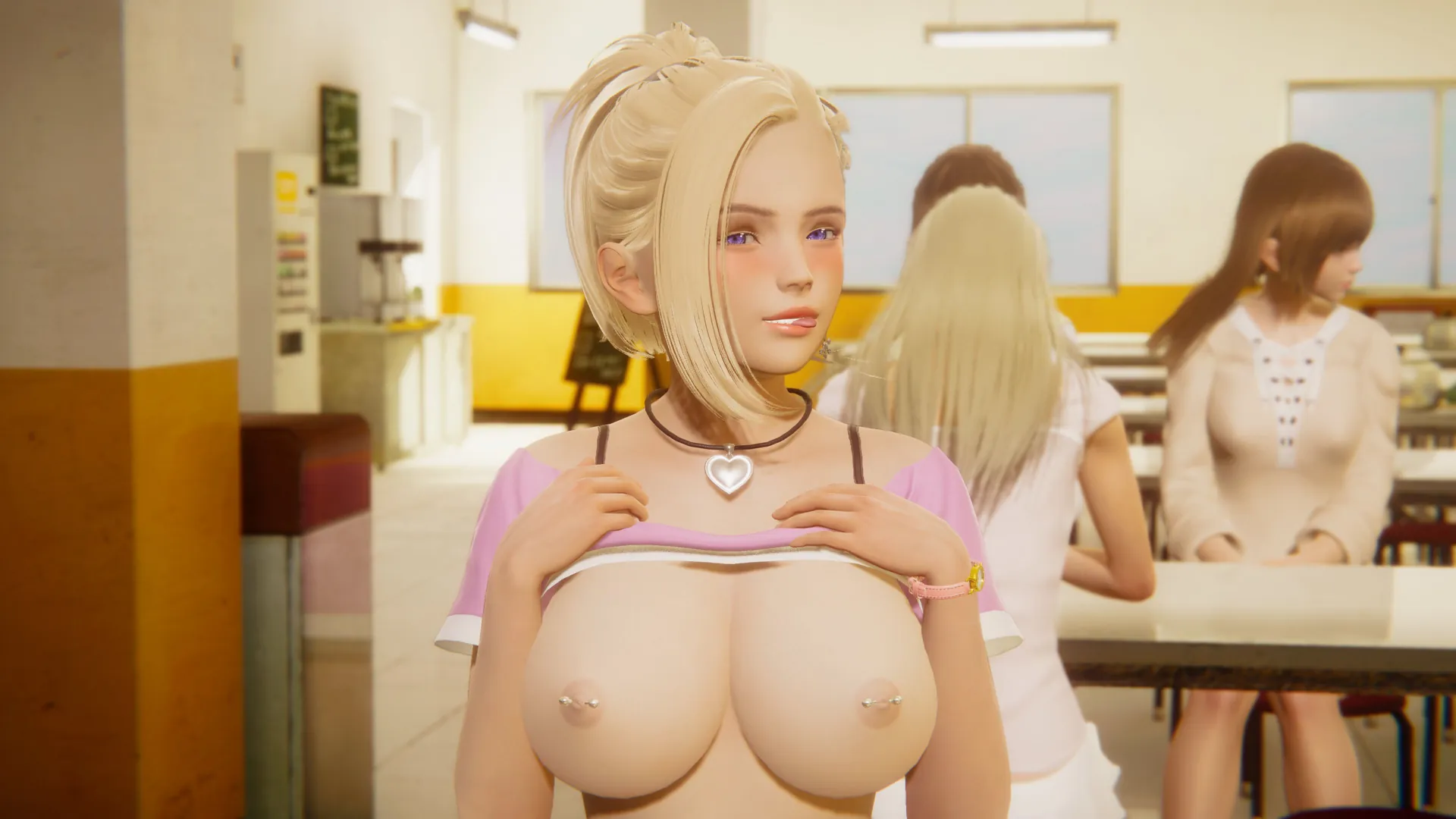
Evermore
Play Evermore
Evermore review
Explore the intense narrative and unique mechanics of Evermore
Evermore is a distinctive game known for its dark, emotional storytelling and complex gameplay. This article delves into the core aspects of Evermore, exploring its intense narrative, character routes, and the unique challenges players face. Whether you’re curious about the game’s mechanics or its gripping plot, this guide offers a comprehensive look at what makes Evermore stand out in its genre.
Unpacking Evermore’s Dark Narrative and Themes
Let’s be honest: most game stories are pretty forgettable. You’re often just going through the motions to get to the next gameplay loop. But then a game like Evermore comes along and sucker-punches you right in the soul. It doesn’t just want you to play; it demands you feel. The Evermore game story is a masterclass in emotional weight, a journey that lingers long after you’ve put the controller down. 😮💨
This isn’t your typical hero’s journey. From the very first moments, the game establishes a thick, oppressive atmosphere. You’re not here to save the world in a glorious blaze of light; you’re here to navigate its crumbling, melancholic ruins and find meaning in the cracks. The dark narrative Evermore weaves is its greatest strength, forcing players to confront uncomfortable truths and make impossible choices. It’s this raw, unflinching approach to its Evermore emotional story that truly sets it apart. ❤️🩹
### What Makes Evermore’s Story Unique?
So, what’s the secret sauce? 🤔 It’s the game’s brutal, beautiful commitment to consequence. Your choices aren’t just A/B decisions that lead to a “good” or “bad” ending. They are nuanced, often morally grey, and they ripple through the entire narrative in unexpected ways. The game’s signature mechanic, the “Echo” system, means pivotal moments literally reverberate, altering character relationships, unlocking new dialogue trees, and sometimes closing off paths you didn’t even know existed.
This creates a profoundly personal experience. My first playthrough was a mess of good intentions leading to tragic outcomes. I thought I was helping, but my interference broke something beautiful. That’s the core of the Evermore game story: it explores the idea that the path to hell is indeed paved with good intentions. It’s a dark narrative Evermore fans adore because it respects the player’s intelligence and emotional capacity. It doesn’t offer easy outs.
Pro Tip: Don’t reload a save after a “bad” outcome on your first try. Sit with the discomfort. The most powerful Evermore plot analysis often comes from sitting with your “failures” and understanding why things went wrong. It makes the eventual moments of light so much more meaningful.
### Exploring the Main Characters and Their Routes
The heart and soul of this experience are the characters. They are not archetypes; they are broken, complex people, and getting to know them is the real game. The Evermore character routes are less about romance and more about connection, understanding, and shared trauma. Each route is a self-contained story that complements and contrasts with the others, painting a complete picture of the game’s world.
To truly understand the Evermore game story, you must walk in each character’s shoes. Here’s a quick breakdown of the central figures and what their paths entail:
| Character | Their Struggle | Route Focus |
|---|---|---|
| Kaelen | A former knight drowning in guilt and duty, believing he is beyond redemption. | His path is about self-forgiveness and learning that strength isn’t always about bearing weight alone. It’s the most classically tragic of the Evermore character routes. |
| Lyra | A sharp-witted scholar whose pursuit of forbidden knowledge has isolated her from everyone. | Her story explores the cost of truth and whether some things are better left unknown. It’s a cerebral and often heartbreaking journey. |
| Finn | A seemingly cheerful scavenger who uses humor to mask deep-seated pain and loss. | This route is a slow burn, peeling back layers of artifice to reveal a story about resilience and the choice to hope even when it seems foolish. 😊 -> 😥 |
Navigating these Evermore character routes requires empathy and patience. You can’t brute-force a “good” ending by simply picking all the positive-sounding dialogue options. Sometimes, the kindest thing you can do is sit in silence with a character. Other times, you need to challenge them, even if it risks their affection. The game brilliantly ties its mechanics to this, where your “affinity” isn’t a simple meter but a fluid representation of understanding.
A Player’s Story: Lyra’s Route
I’ll never forget my time with Lyra’s story. I went in thinking I’d “fix” her loneliness by being the supportive friend. I encouraged her research, helped her gather artifacts, and cheered her on. I was thrilled to see her affinity meter max out. I got her “good” ending—she completed her life’s work, a monumental achievement. But the final cutscene showed her utterly alone in a vast, empty library, having pushed away every real connection for an academic ghost. The game didn’t give me a trophy; it gave me a lesson. I had enabled her isolation instead of challenging it. True connection in Evermore isn’t about agreement; it’s about balance. This is the depth of the Evermore emotional story.
### Themes of Despair and Salvation in Evermore
If you only take one thing away from this Evermore plot analysis, let it be this: the game argues that despair and salvation are two sides of the same coin. You cannot have one without the other. The world of Evermore is fundamentally broken, and the characters are products of that brokenness. The Evermore themes aren’t just presented; they are lived-in realities.
- The Weight of the Past: Every character is haunted. Kaelen by his actions, Lyra by her discoveries, Finn by his memories. The game posits that you can’t simply move on; you must integrate your past into who you are, for better or worse.
- The Illusion of Control: A central tenet of the dark narrative Evermore presents is that we control very little. You can make choices, but you cannot control their outcomes. Salvation isn’t about achieving a perfect result; it’s about finding peace within the imperfect one you helped create.
- Connection as a Lifeline: In the face of overwhelming despair, the only true antidote offered is genuine, messy, complicated human (or otherwise!) connection. It’s not a magic cure, but it’s the only thing that makes the burden light enough to carry.
This relentless focus on Evermore despair and salvation is what forges such a strong bond with the player. You aren’t just watching characters suffer; you are actively participating in their search for a way out. The “salvation” endings aren’t fairy-tale conclusions. They are bittersweet, hard-won respites. A character might still be scarred, but they are no longer alone. They have found a reason to keep moving forward, and that, in the world of Evermore, is the ultimate victory.
This nuanced handling of its Evermore themes is why the story resonates so deeply. It validates the player’s own emotional investment, making the countless hours spent not just entertainment, but a meaningful exploration of some of life’s toughest questions. The Evermore emotional story earns its tears and its smiles, making it an unforgettable experience that redefines what video game storytelling can achieve.
Evermore offers a compelling and emotionally charged experience through its intricate storytelling and complex character dynamics. Its exploration of heavy themes and unique gameplay structure invites players to engage deeply with the narrative, making it a memorable title for those who appreciate dark, thought-provoking games. If you’re ready to embrace a challenging journey filled with despair and hope, Evermore is a game worth exploring.
